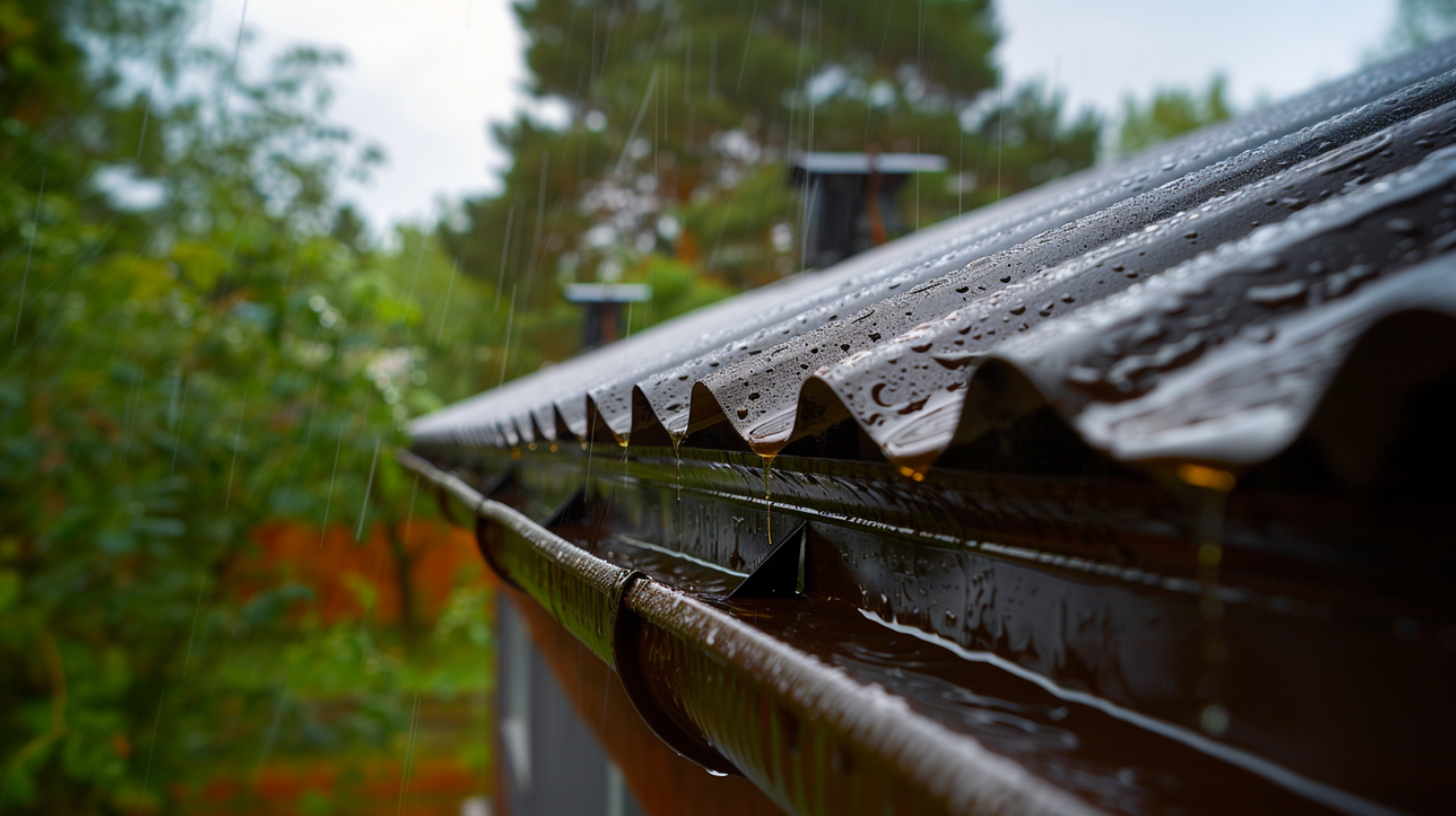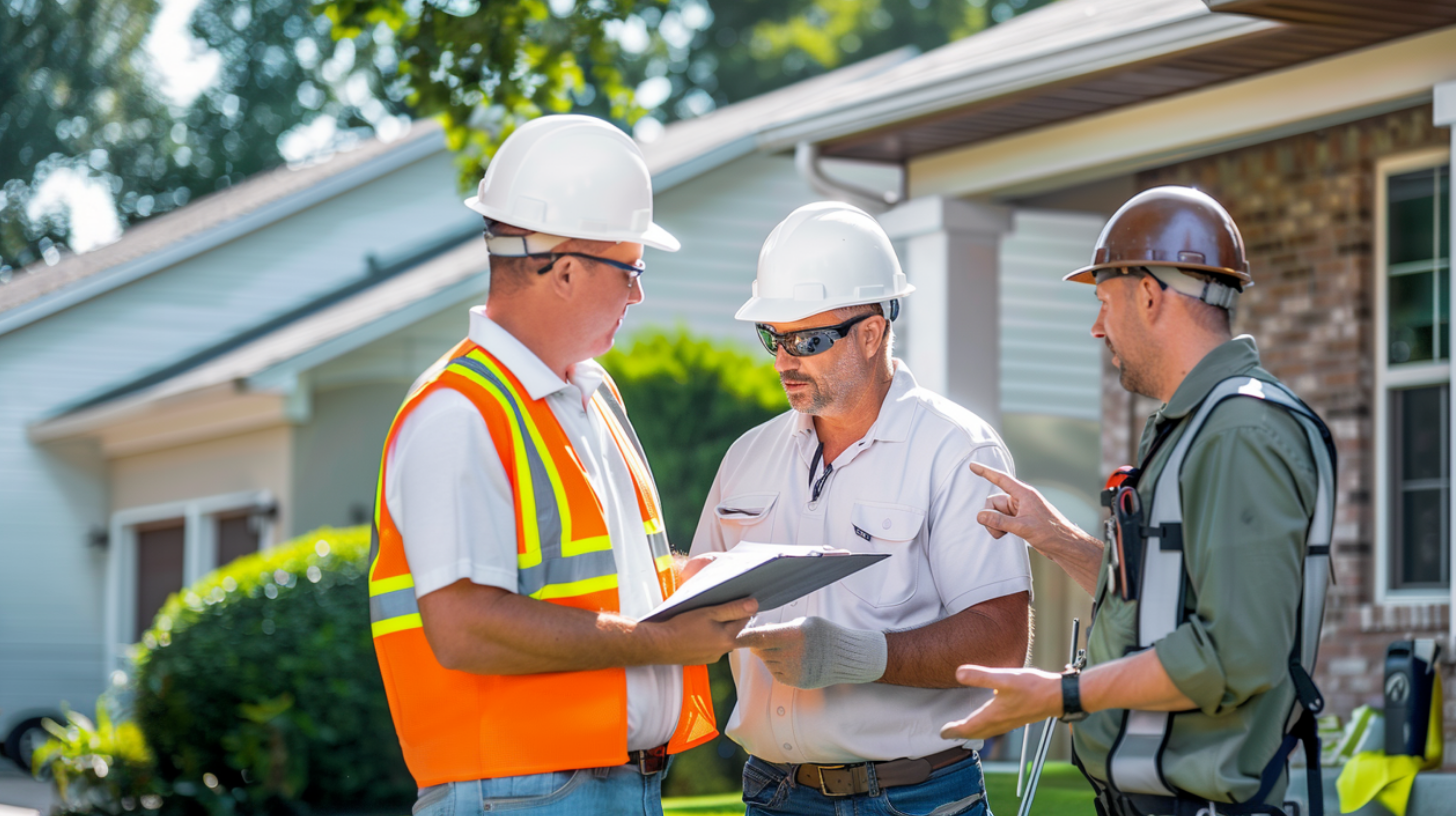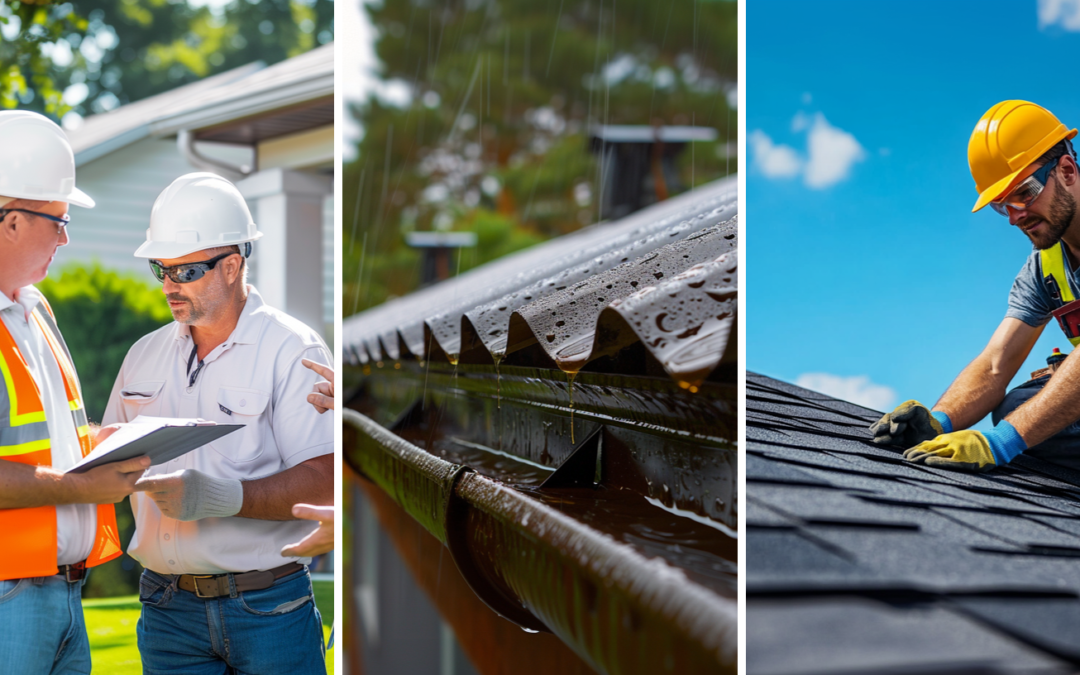Understanding Weather Considerations for Roof Installation

Weather - How Weather Conditions Affect Roof Installation - Sky Roofing Construction & Remodeling
How Different Weather Conditions Affect Roof Installation
Rain can cause delays and lead to moisture-related issues, while high winds pose safety risks and compromise roofing materials’ integrity. Extreme heat and sun exposure may weaken adhesive bonding and impact worker comfort, while cold temperatures can hinder the proper installation of certain roofing materials.
Additionally, snow accumulation complicates the installation process and worker safety. Managing these weather-related challenges requires utilizing appropriate protection equipment, adhering to extra precautions, and ensuring the use of safety equipment.
By considering these factors, homeowners and building owners can make informed decisions that protect their investment and ensure a reliable roofing system. A thorough understanding of weather implications helps ensure a smoother installation process and a roof designed to stand the test of time.
Rain and Moisture
Rain can damage roofing materials and underlying structures, leading to delays and additional costs. Installing roofing materials while wet raises serious concerns about adhesion and long-term durability, potentially resulting in future leaks and structural issues.
Safety is also a major concern during wet conditions, as slippery surfaces increase the risk of accidents for workers, making it essential to avoid installations during heavy rain or storms. Persistent rainfall can lead to serious long-term issues such as leaks, mold growth, and wood rot, highlighting the importance of proper maintenance and preventive measures to protect your investment.
Wind
Working in windy conditions introduces additional hazards, as airborne debris can endanger the crew and passersby. To address these challenges, monitoring wind speeds closely and implementing robust safety protocols to mitigate risks is essential.
Homeowners and builders can ensure a smoother installation process and protect everyone involved during this critical construction phase by prioritizing safety and being vigilant about wind’s effects.
Heat and Sun Exposure
Additionally, continuous exposure to sunlight can lead to the premature deterioration of certain roofing materials. These environmental factors also present health risks to workers, increasing the chances of heat-related illnesses such as exhaustion and dehydration.
To mitigate these effects, it’s advisable to conduct installations during the cooler parts of the day, keep workers hydrated, and incorporate regular breaks to alleviate heat stress. By acknowledging and addressing the effects of heat and sun, homeowners and builders can enhance safety and maintain the quality of roofing installations.
Cold and Snow
Additionally, ice formation introduces significant safety hazards for workers, raising the likelihood of slips and falls and placing extra stress on the roof’s structure. Snow accumulation further complicates installation by obscuring important areas and interfering with necessary inspections.
Clearing snow and ice before beginning roofing work is crucial to address these challenges. This ensures a safer work environment and reduces potential delays. Implementing extra safety precautions, such as proper protective measures and equipment, is also essential during these colder conditions.

Weather - Ideal Weather Conditions for Roof Installation - Sky Roofing Construction & Remodeling
Ideal Weather Conditions for Roof Installation
The best days for roofing are warm, windless occasions with no chance of rain, as these factors allow the materials to react appropriately during installation. Such optimal conditions not only enhance the overall effectiveness of the roofing materials but also pave the way for a safer work environment for the installation crew.
Engaging an experienced roofing contractor can ensure that installations are scheduled during these favorable conditions, maximizing the roof’s longevity and durability. By paying attention to the weather forecast and working with a skilled professional, homeowners and building owners can significantly improve the efficiency and success of their roofing projects.
Planning Around the Weather
Engaging experienced local roofers who are familiar with regional climate factors is essential. These professionals can help manage risks associated with unfavorable weather and ensure a smoother installation process.
Careful planning to make the most of dry periods is particularly important for installing waterproof membranes and other critical components that protect the structure. By recognizing the role of weather in the planning stages, homeowners can make informed decisions that enhance their roof’s longevity and durability, ultimately safeguarding their investment against unpredictable weather challenges.

Weather - The Role of Professional Roofing Contractors - Sky Roofing Construction & Remodeling
The Role of Professional Roofing Contractors
They understand how temperature fluctuations, humidity, and precipitation impact materials and installation techniques, ensuring a durable and resilient roof. Additionally, skilled roofing contractors utilize proper equipment and adhere to strict safety measures, protecting their team and the building during installation. By enlisting the help of these professionals, homeowners can ensure that their roofing project is efficient and built to withstand the elements, thus safeguarding their investment for years to come.
Weather-Proof Your Roofing Project with Our Expert Assistance
Weather plays a pivotal role in the success of your roof installation project. By carefully considering and planning around weather conditions, you can significantly enhance your roofing system’s safety, efficiency, and longevity. For expert guidance and to ensure your installation is handled with the utmost care, contact Sky Roofing Construction & Remodeling (https://www.skyroofingconstructiontx.com) at (210) 942-9797 to schedule a roofing consultation. Our experienced team will help you navigate the weather challenges, ensuring a durable, high-quality roof protecting your investment.
Willis Vachon is a seasoned contributing writer for Sky Roofing Construction & Remodeling, specializing in the technical and safety aspects of roofing construction. With a keen eye for detail and a passion for ensuring quality and safety in every project, Willis provides valuable insights that help both professionals and homeowners make informed decisions about their roofing needs.

